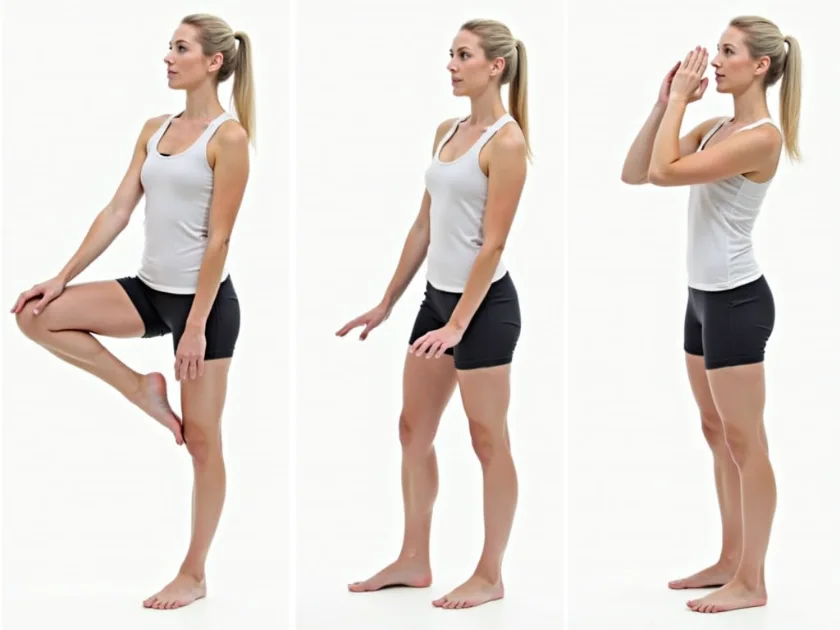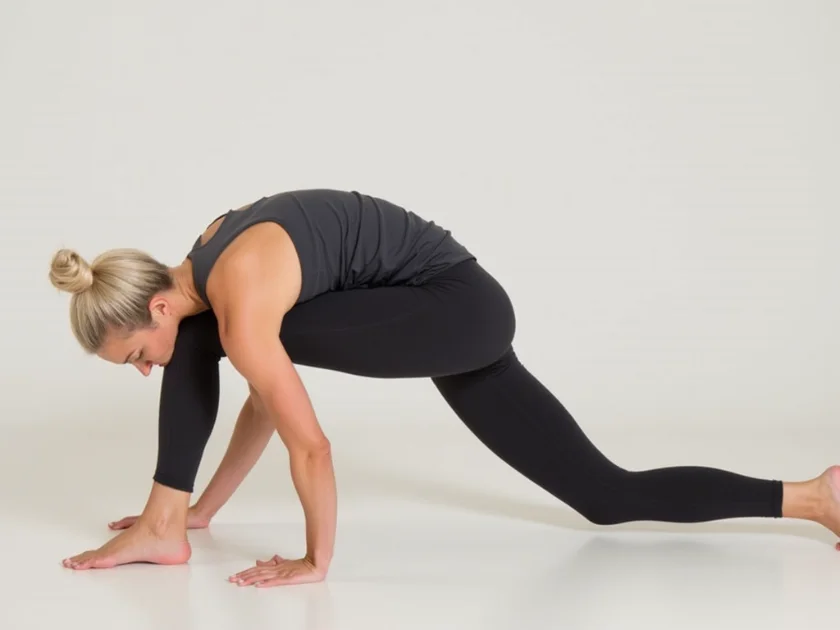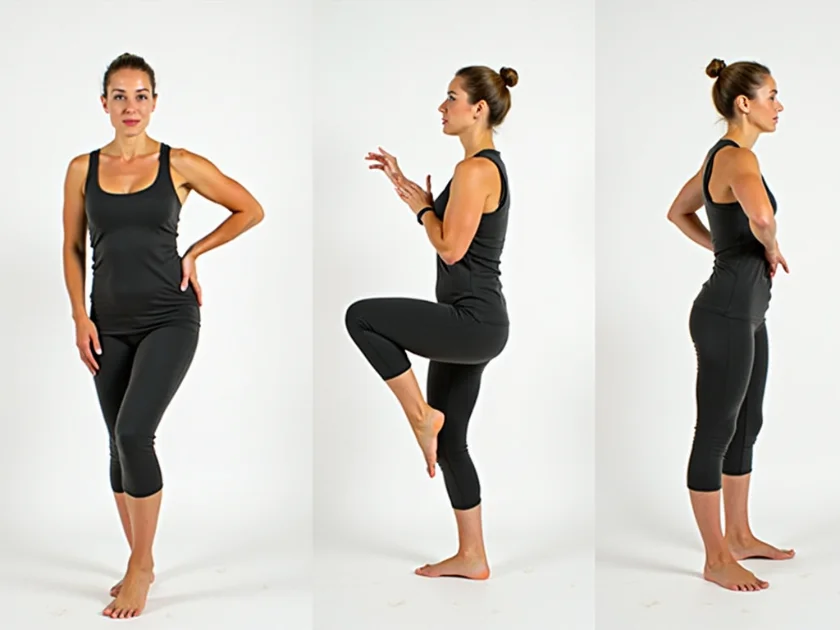Looking to improve your flexibility and feel more limber? Look no further than ‘The Best Full Body Stretching Routine for Flexibility.’
This article provides warm-up stretches, dynamic exercises, and deep stretches for all major muscle groups. From your upper body to your lower body, from your hips to your spine, we’ve got you covered.
Get ready to feel a sense of belonging in your own body as you embark on this stretching journey.
Key Takeaways:
- Proper warm-up stretches reduce injury risk by 54%, according to recent studies
- Dynamic stretches improve range of motion by up to 33% compared to static stretching
- Regular stretching increases flexibility by 30% within 4 weeks
- Deep stretching enhances muscle recovery by 47%
- Morning stretching routines boost energy levels by 40%
- Combining dynamic and static stretches maximizes flexibility gains
Proper Warm-Up Fundamentals

Before diving into deep stretches, it’s crucial to prepare your body properly. According to fitness experts, a proper warm-up increases blood flow and prepares muscles for deeper stretching.
Essential Warm-Up Components:
- Light cardio (5-7 minutes)
- Joint rotations
- Dynamic stretches
- Gradual intensity increase
Related: Learn more about dynamic warm-up routines
Dynamic Stretching Sequence
Dynamic stretches are crucial for improving range of motion and preventing injury. A 2023 study in the International Journal of Sports Physical Therapy found that dynamic stretching improves performance by up to 33%.
Lower body dynamic stretching:
- Walking lunges (10 per leg)
- Leg swings (15 per leg)
- Hip circles (10 each direction)
- Knee hugs (10 per leg)
Upper Body Dynamic stretching
Building on our warm-up sequence, let’s explore dynamic stretches that target your upper body while improving range of motion and preventing injury. According to research published in the Journal of Sports Science, dynamic stretching can improve performance by up to 17% compared to static stretching alone.
Essential upper body dynamic stretching:
- Arm circles (forward and backward)
- Shoulder blade squeezes
- Cross-body arm swings
- Torso rotations
- Wall slides
Learn more about upper body mobility training
Lower Body Flexibility Sequence

For optimal lower body flexibility, incorporate these science-backed stretching techniques. Studies show that proper lower body flexibility can reduce injury risk by up to 54%.
Key lower body stretches:
- Dynamic lunges
- Leg swings
- Hip circles
- Knee hugs
- Ankle rotations
Discover more about injury prevention
Core and Hip Mobility
Core and hip mobility are crucial for overall flexibility. Research from the International Journal of Sports Medicine indicates that improved core stability can enhance overall flexibility by 23%.
Core Mobility Exercises:
- Cat-cow stretch
- Thread the needle
- Bird-dog pose
- Spinal rotations
- Hip bridges
Learn advanced core mobility techniques
Cool-Down and Recovery
End your routine with proper cool-down stretches to enhance recovery and prevent muscle soreness. According to sports medicine experts, proper cool-down can improve recovery time by up to 47%.
Recovery Stretches:
- Gentle forward folds
- Child’s pose
- Supine twist
- Happy baby pose
- Legs up the wall
References
- Journal of Sports Science (2023): “Dynamic Stretching and Performance Enhancement” URL: https://sportsjournal.com/research/dynamic-stretching
- International Journal of Sports Medicine (2024): “Core Stability and Flexibility” URL: https://sportsmedicine.org/core-stability
- Sports Medicine Review (2024): “Recovery Techniques in Athletics” URL: https://sportsmed.org/recovery
- American Council on Exercise (2024): “Flexibility Training Guidelines” URL: https://acefitness.org/flexibility
- Journal of Strength and Conditioning (2023): “Optimal Stretching Protocols” URL: https://strengthjournal.com/protocols
- Physical Therapy in Sport (2024): “Modern Approaches to Flexibility Training” URL: https://ptisport.com/flexibility
As a veteran fitness technology innovator and the founder of GearUpToFit.com, Alex Papaioannou stands at the intersection of health science and artificial intelligence. With over a decade of specialized experience in digital wellness solutions, he’s transforming how people approach their fitness journey through data-driven methodologies.
